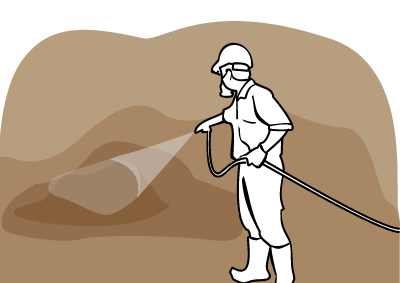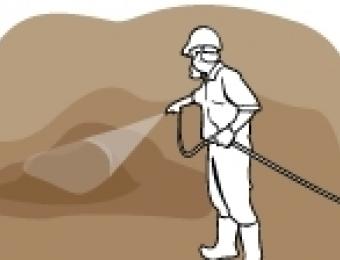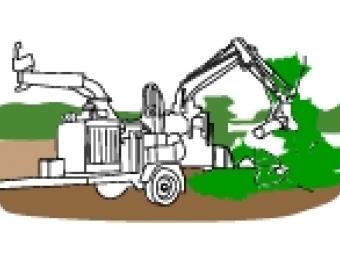
Once the planning has been done and relevant permits obtained, the work can begin on the project. The first thing that should be undertaken is adequate site preparation. When clearing the site, there are a number of things that you will need to look for.
Insects and termites
Australia is home to a wide variety of wood boring grubs and insects, but the most common and destructive to a home owner of is termites. If your wood has not been treated properly and termites get in, it is almost impossible to stop them before substantial damage is done to the infrastructure. Clearing out the site of debris and vegetation reduces the chances of insects taking hold there but the best treatment is a long lasting poison to deter them completely.
Ensure adequate drainage
If there is any chance of water getting beneath your deck, you will need to make sure it can safely drain away. Pools of water beneath your deck can steam the boards from underneath which may cause warping and can give rise to annoying insects like mosquitoes, as well as accelerating the decay of any foundations that aren't properly waterproofed. Flowing water can also remove topsoil when it drains, or it can eventually expose the footing pads and loosen your foundations. If you need to install any drains, runoffs or gutters underneath, it is best to do this before construction starts, while the site is clear.
Trees
Trees can introduce an element of unpredictability if they are set into the deck or even planted nearby. Tree growth over time can make the soil shift as the roots spread out, which can cause settling in the soil and possibly disturb the foundations. This can be somewhat controlled by keeping the soil underneath the decking dry or at least ensuring adequate drainage – tree roots won’t grow where there is no moisture. Laying down a plastic barrier across the top of the soil can stop direct rainfall, but if moisture is seeping into the soil from another source, tree roots will seek it out. In extreme cases you may have to decide if relocating or removing the tree is an option.
Reactive soil
Highly reactive soil will require special foundations for your deck, in much the same way as a house built on reactive soil will. Soil that moves excessively (often as the result of fluctuating moisture levels) will just as surely disrupt inadequate foundations in a deck as it will in a home so it is well worth finding out what type of soil you’re planning to build on if you don’t know already. A geotechnical engineer will be able to test the soil and tell you whether the area you’re planning to build on will sustain the weight of the deck and anyone on it, and then recommend the best foundation strategy.
Piping and plumbing
If you’re planning on installing a gas barbecue or spa or other feature requiring piping, it is much easier to do this before you lay the deck. Even if you’re not planning on doing it immediately, having the piping already in place will allow you to install whatever you need with ease. It is much more expensive to have to tear up and re-lay your whole deck just to put a few pipes in.



